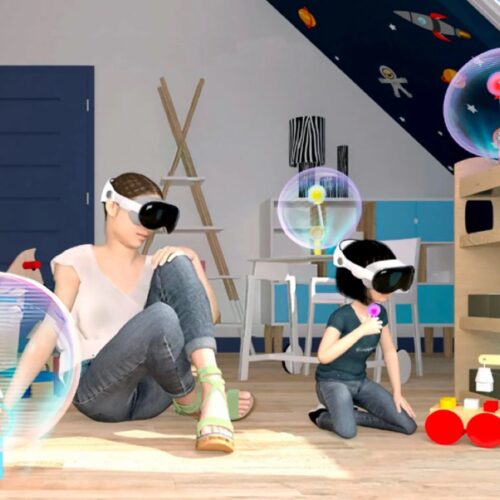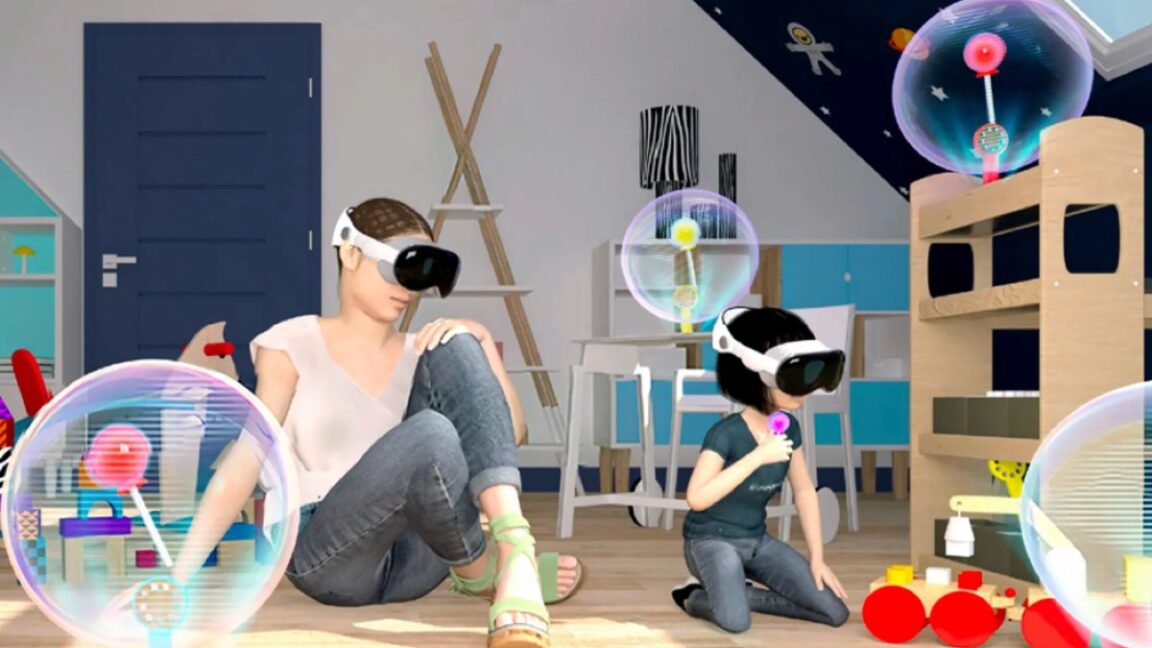Florida Judge Allows VR Simulation of Alleged Crime to Be Submitted as Evidence

The defendant's attorney wanted the judge to see the altercation from his client's eyes.





Virtual reality (VR) technology has long sought to incorporate the human senses into virtual and mixed-reality environments. In addition to sight and sound, researchers have been trying to add the sensation of human touch and smell via various user interfaces, as well as taste. But the latter has proved to be quite challenging. A team of Hong Kong scientists has now developed a handheld user interface shaped like a lollipop capable of re-creating several different flavors in a virtual environment, according to a new paper published in the Proceedings of the National Academy of Sciences (PNAS).
It's well established that human taste consists of sweet, salty, sour, bitter, and umami—five basic flavors induced by chemical stimulation of the tongue and, to a lesser extent, in parts of the pharynx, larynx, and epiglottis. Recreating those sensations in VR has resulted in a handful of attempts at a flavor user interface, relying on such mechanisms as chemical, thermal, and electrical stimulation, as well as iontophoresis.
The chemical approach usually involves applying flavoring chemicals directly onto the tongue, but this requires room for bulk storage of said chemicals, and there is a long delay time that is not ideal for VR applications. Thermal variations applied directly to the tongue can stimulate taste sensations but require a complicated system incorporating a cooling subsystem and temperature sensors, among other components.


© Liu et al., 2024/PNAS